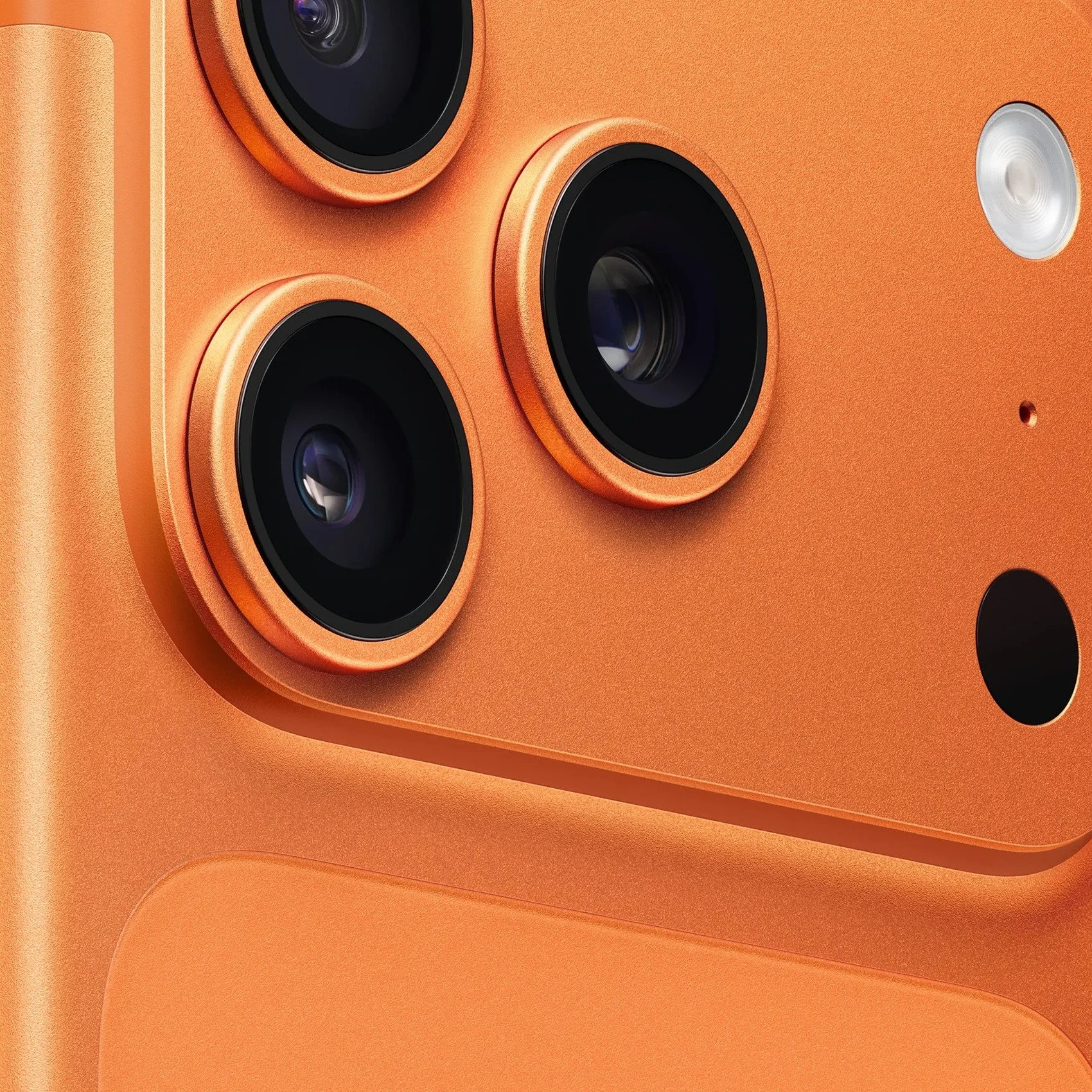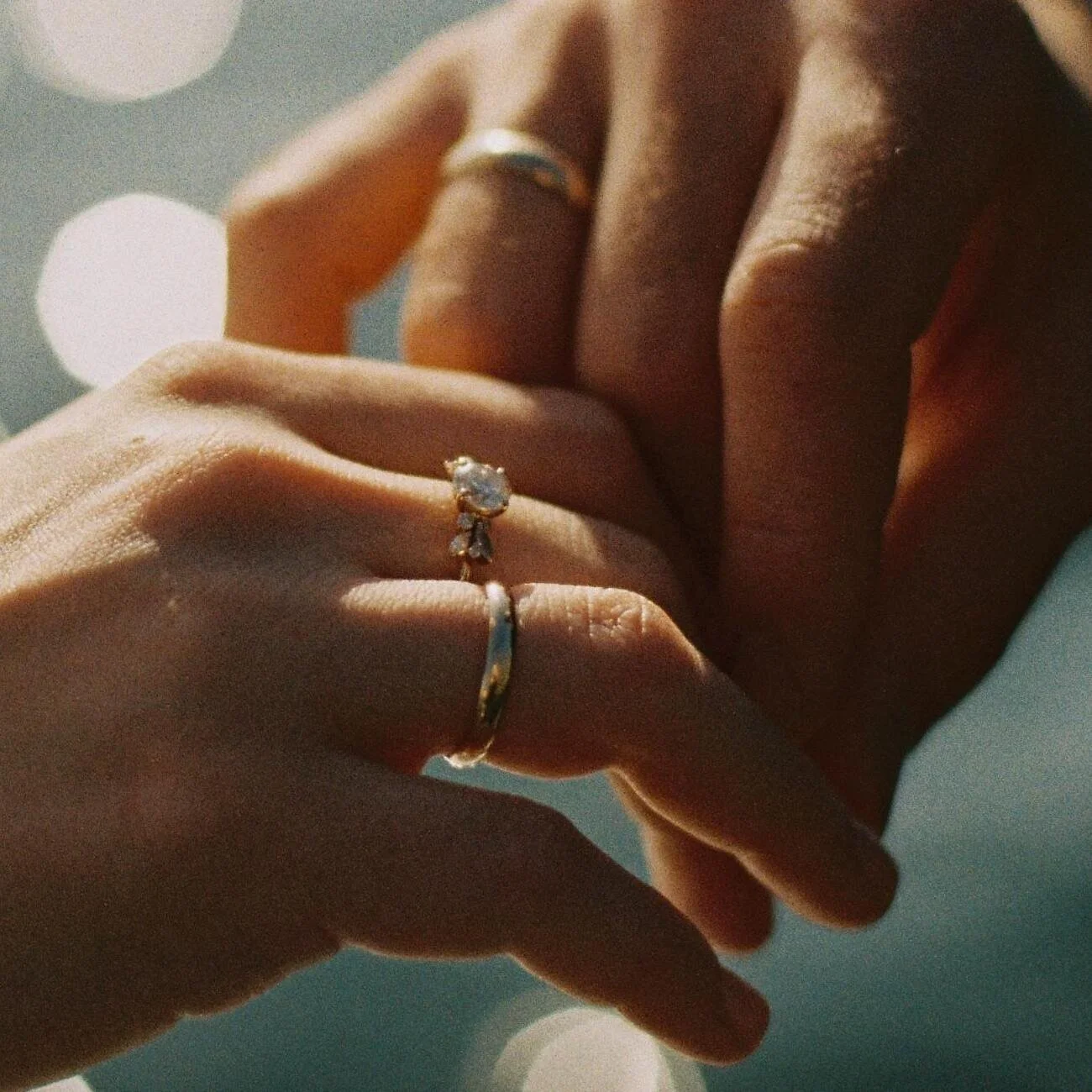How to Do Professional-Looking Fashion Photography on a Budget
With its glamorous allure and aesthetic appeal, fashion photography often seems like a high-cost venture reserved for the well-equipped and financially buoyant. The glint of professional cameras, expensive lighting rigs, and top-tier models dominate the popular perception of what it takes to create those stunning magazine-worthy shots. But what if you could achieve similar breathtaking results without breaking the bank?
This guide is designed for the aspiring fashion photographer who yearns to capture the essence of style and sophistication through the lens while operating on a modest budget. Whether you're a budding photographer, a fashion enthusiast, or a creative mind looking to expand your artistic horizons, this article promises to equip you with practical tips and innovative techniques to transform your budget constraints into creative triumphs. Let's redefine the boundaries of fashion photography, making it accessible, affordable, and just as dazzling.
Basics of Fashion Photography on a Budget
Core Principles of Fashion Photography
Before diving into budget-friendly techniques, it's important to understand what makes fashion photography unique. It's about more than just documenting clothing, it's about telling a story, evoking a mood, or illustrating a brand's ethos. Key elements include composition, lighting, and model selection.
For those looking to learn the basics of photography, affordable courses are a great option. The internet offers numerous free masterclasses where both novice and professional photographers share their expertise and experiences. For instance, a personal tip from a Miami photographer highlights the importance of utilizing natural lighting to create compelling images without expensive equipment.
Essential Equipment for Beginners
You don't need the most expensive camera and gear to start. Often, a good quality DSLR or even a smartphone with a high-resolution camera can suffice. For instance, smartphones like the iPhone 14 Pro, Google Pixel 7, or Samsung Galaxy S23 Ultra are renowned for their advanced camera systems that rival traditional cameras.
The magic lies in how you use these tools. Whether you're adjusting settings for the perfect shot or experimenting with angles, your creativity and technique play a pivotal role.
Setting Up Your Budget Home Studio
Choosing the Right Space and Lighting
You don't need a large studio. A small, well-lit room or even an outdoor space can work. The key is controlling the lighting and the background.
To create a beautiful and budget-friendly backdrop, consider using materials like old curtains, sheets, or even a roll of craft paper. You can paint these fabrics or papers to match the mood or style of the shoot.
Another option is to hang string lights or use simple props like plants and chairs to add texture and depth to your background. These simple DIY solutions not only save money but also add a unique touch to your photography setup.
DIY Lighting and Backdrops
Natural light is your best friend in budget photography. Shoot during the golden hours for soft, diffused lighting. Alternatively, use inexpensive reflectors made from white cardboard or aluminum foil to manipulate light.
Camera Techniques for Fashion Photography
Mastering Exposure and Focus
Learn the triangle of exposure—aperture, shutter speed, and ISO. Experiment with these settings to understand how they affect your images. Focus is critical, especially in fashion photography where detail is paramount. Practice focusing manually to ensure your subject is always sharp.
Utilizing Depth of Field
Depth of field plays a crucial role in fashion photography. A shallow depth of field (achieved with a wide aperture, such as f/2.8) can help isolate the model from the background, drawing attention to the clothing and details. Conversely, a deeper depth of field (achieved with a narrower aperture, such as f/8 or f/11) can be useful when you want to include more of the background in sharp focus, adding context to your shots. Understanding how to manipulate depth of field allows you to control the viewer’s focus and enhance the storytelling aspect of your images.
Mastering White Balance
Accurate color representation is essential in fashion photography to showcase the true colors of the clothing. Learn to adjust the white balance settings on your camera to match the lighting conditions. Most cameras have preset options like daylight, cloudy, tungsten, and fluorescent, which can help you get the colors right. Additionally, custom white balance settings can be used for more precise adjustments. Proper white balance ensures that your images have a natural and professional look.
Advanced Photography Techniques on a Budget
Creative Angles and Movement
Different angles can dramatically alter the perception of your photographs. Try shooting from high above or ground level to add uniqueness to your shots. Incorporating movement can bring dynamism to your shots. Have the model twirl, jump, or walk to capture fluid, motion-filled photos.
For inspiration, consider the works of photographers like Vivian Maier, who was known for her compelling street photography captured from unique angles, or the dynamic fashion shots by Bill Cunningham. Both photographers were adept at using simple techniques to create visually stunning images without high-end equipment.
Playing with Shadows and Reflections
Shadows and reflections can add a layer of complexity and interest to your fashion photographs. Use natural or artificial light to create striking shadows that emphasize the contours and textures of the clothing. Reflections from mirrors, windows, or water can add depth and a sense of surrealism to your images. Experiment with positioning your model and light sources to achieve different effects, creating a variety of looks with minimal cost.
Utilizing Props for Creative Flair
Props can significantly enhance the storytelling aspect of your fashion photography. Look for everyday items that can complement the theme of your shoot. Scarves, hats, umbrellas, or even household items like furniture can add context and visual interest. Using props creatively can help convey a narrative or mood, making your photos more engaging without requiring expensive additions.
Post-Production Techniques for Fashion Photos
Choosing the Right Editing Tools
Free or inexpensive software like GIMP, Adobe Lightroom, or apps like Snapseed can do wonders for your photographs. Learn the basics of photo editing to enhance colors, adjust lighting, and crop strategically.
Effective Photo Editing Tips
Don’t over-edit. Aim for a natural look that enhances the model and the clothing, without making the image look artificial.
Building and Marketing Your Fashion Photography Portfolio
How to Create and Share a Compelling Portfolio
Select your best work that showcases a range of styles and techniques. Use platforms like Instagram or create a free website using services like Wix or Squarespace. It's also beneficial to include behind-the-scenes content or short stories about the shoots to give viewers insight into your creative process, which can make your portfolio more engaging and personal.
Networking and Marketing Strategies
Connect with other photographers, models, and potential clients. Use social media to share your work, engage with your audience, and market your photography skills. Attend industry events such as fashion shows, gallery openings, and photography workshops to expand your network and find collaboration opportunities. Additionally, consider creating a professional business card and a PDF version of your portfolio that can be easily emailed to prospective clients or collaborators.
As we draw the curtain on this guide, it's clear that professional-looking fashion photography doesn't have to be a costly endeavor. By harnessing the power of creativity, resourcefulness, and a willingness to learn, you can achieve stunning results without a hefty price tag.
One of the most critical aspects of budget fashion photography is the mindset. Viewing financial constraints as a catalyst for innovation rather than a barrier opens up a world of possibilities. Embrace the challenge of working with what you have. This approach not only hones your skills but also makes your work stand out for its ingenuity and distinctiveness.
Get Free Presets for Lightroom created by top photographers to update your presets collection, save down on editing time, and open up new artistic horizons.




















